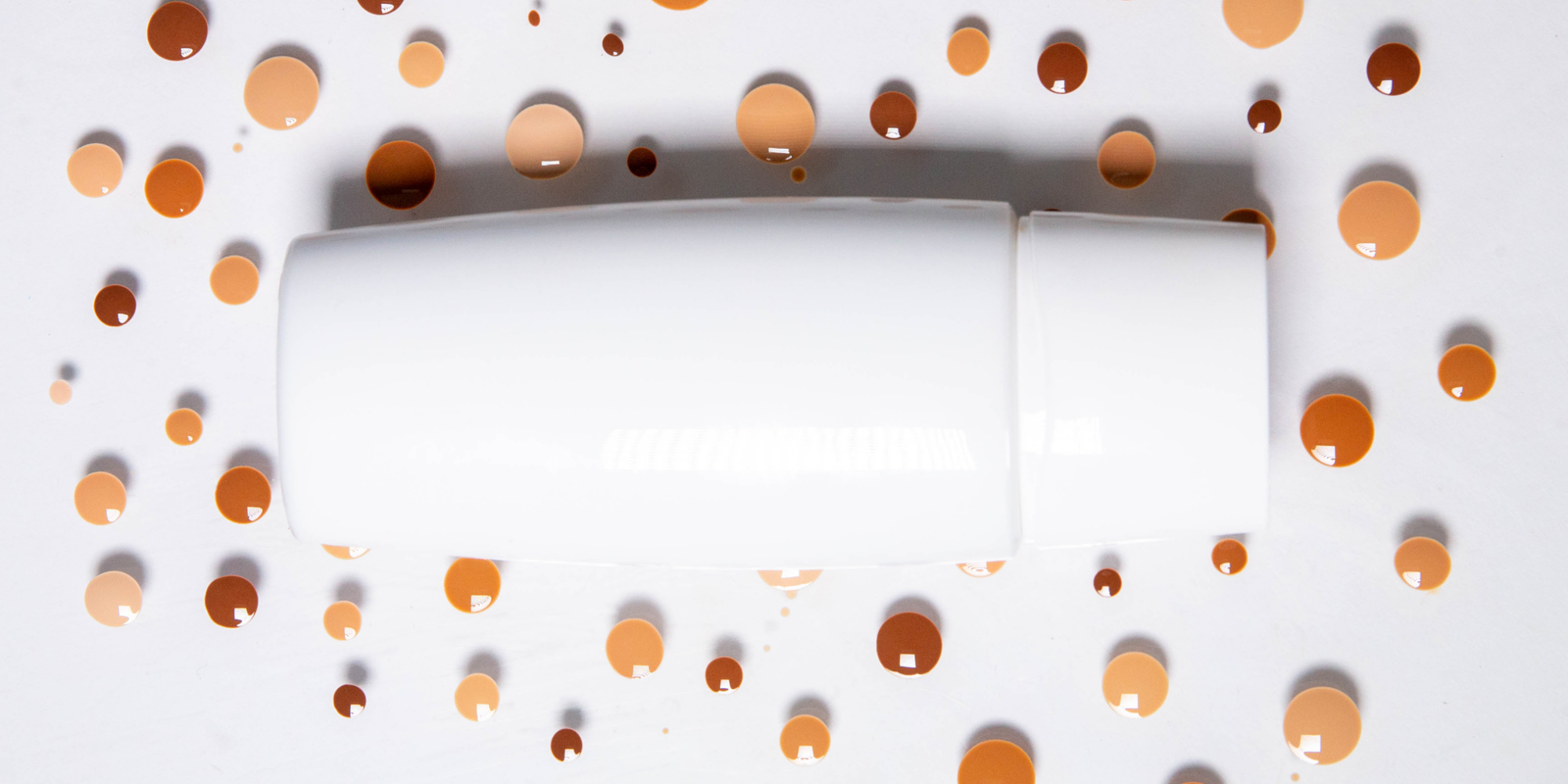
Solésence’s Kevin Cureton On How Far Mineral Sunscreens Have Come—And What Their Future Holds
On Fast Company’s list of most innovative beauty companies this year, Nanophase Technologies was the only supplier amid well-known brands E.l.f Cosmetics, Lush Cosmetics and Colgate-Palmolive, and rising stars K18, Ourself, 4.5.6 Skin, Peace Out, The Nue Co. and Oddity. The publication cited Nanophase’s mineral sunscreen technology subsidiary Solésence as the reason for it nabbing the list’s second spot.
“Solésence recently improved zinc oxide, considered the gold standard in broad-spectrum sunscreen, by reinventing that thick paste into a smooth, clear cream that blends seamlessly into the skin, no matter your tone,” wrote Heidi Mitchell in Fast Company. “Its breakthrough Kleair technology, a proprietary formula that is now featured in many popular branded products, eliminates the dreaded white-cast, aka ‘ghosting,’ captures free radicals, and gives the skin a smooth, clear foundation upon which any sparkly or subtle look can shine.”
Fueled by adoption of its proprietary technology, increased sunscreen use and its prestige beauty brand customers incorporating UV protection in a broader array of products, Solésence’s revenues reached $23.1 million last year, up from $18.2 million the prior year, and Nanophase anticipates its revenues climbing again this year as the mineral sunscreen market grows.
We talked to COO Kevin Cureton, a chemical engineer and occasional entrepreneur (he previously founded educational toy and facial imaging businesses) who’s been with Solésence since day one seven years ago, about expansion opportunities, problems with SPF testing, “reef-safe” claims, diversity in the sun protection category, the future of mineral sunscreens, and his daily sunscreen habit.
How did Solésence start as a subsidiary of Nanophase?
I was running the sales, marketing, business and corporate development activities at Nanophase. As we were looking at our technology, it turned out that our chief scientific officer, Harry [Sarkas], had this patent that had gotten issued in 2015. He had invented a platform that would enable us to enhance the texture and look of mineral sunscreens, which were and to some degree still are a big driver for why folks weren’t using mineral sunscreens.
It also had a second tier of protection. Most dermatologists will say, “Hey, if you have a sunscreen, you should have antioxidants in it to quench free radicals that are generated on the skin from the sun.” They are probably one of the largest causes of premature aging. This technology invented by Harry was enabling us to do that as well. Consumers understand antioxidants and free radicals, so it sounded like we had something compelling to them that we could uniquely leverage.
What’s happened since the start of Solésence?
When we first started, there was certainly interest in mineral sunscreens, but one of the big assumptions was that you couldn’t do non-nano all-mineral sunscreens and make them aesthetically acceptable to the market. You would have to do either nano or you would have to do something that was a combo sunscreen.
In order for us to really deliver on what we defined as our mission to enhance people’s lives through healthy skin, we needed to make sure people wanted to use the products. The biggest step beyond having this novel capability was to make sure we could achieve acceptability and products that people desire.
Combine that with a couple of external drivers. There was an increasing interest in clean and the elimination of some of the synthetic actives that were either harmful to a person’s health or the environment or both. In 2018, you saw Hawaii come out with legislation [banning oxybenzone and octinoxate in the state by 2021], and there was a discussion about the impact of UV absorbers on coral reefs. It was a unique moment for our business and for the development of mineral sunscreen products.
What’s happened to change the mineral sunscreen market more generally?
What’s happened is there was a continued evolution toward products that are multifunctional that can really provide more than UV protection. You are seeing the blending of skincare and color. You can get a huge claim relative to skin health for a simple complexion product all the way through to foundation.
In COVID, people were on the camera all day, and they wanted to focus on skin health. That helped change the offerings on the market to where the idea is being able to incorporate really clinically effective levels of skincare actives that are truly beneficial. When you take off whatever you wore on your face, it’s helping to improve your skin fundamentally.
Also, we had the moment in 2020 when George Floyd caused our country to look at itself again and inclusivity gained importance in our market, the idea of products that are truly for all people with all different skin types, but also different skin textures and conditions.
As I see it today, we have evolved to address a lot of different types of skin conditions and needs, and it helps bring in new people to brands. More broadly, it lets people of color see themselves in the products that are available today. I think that has been one of the biggest changes in the last three years.

What are your thoughts on “reef-safe” claims?
Environmental impact is something that we all should be worried about period. I think that we got to recognize that the things that we do and how we choose to live have an impact on the world we live in, and there is no exception for any of the products that we wear, develop and manufacture. “Reef safe” is in my opinion a part of that. It isn’t the only focus. It should also be about how we impact the supply chain with the materials we choose and the packaging we use.
It just so happens that, when we think about sunscreen, traditionally we think about it as something that’s worn on the beach, and the impact on the oceans and corals is a concern. I absolutely think we should be concerned about the impact on coral reefs. We should be concerned about the impact it has on the water itself, and what’s going into the water and staying in it. I do think it’s important, but it’s not the only thing that’s important with sunscreen or any beauty product. We have to be thinking about all of it for the environment.
There have been questions raised about the research drawing a link between certain sunscreen ingredients and coral bleaching that led to Hawaii’s sunscreen ingredient ban. What’s your view?
We have a point of view, and our point of view is that part of the bleaching concern is free radical-based. Free radical generators, which aren’t just sunscreen actives, fragrances can be free radical generators, can be a contributor to the bleaching. The work that’s been done that our team thinks is good science suggests that free radicals are an issue, and if you can mitigate free radicals and prevent from them generating, then you have done a good job in terms of trying to protect the reefs.
I feel like sometimes we get away from the fundamentals of the science because people are trying to sell something. We should go back to the fundamentals of the science. What do they tell us? What they tell us is that free radicals do have an impact. Based upon that, it gives us a less controversial platform to work from so that we are looking at the causation of the issue and the effects to find a resolution on a scientific basis rather than just trying to tell the story of a product.
How have mineral sunscreens changed from when Solésence began?
Six years ago, mineral sunscreens were primarily products that were safe to use for sensitive skin and children, and not really facial products used by consumers as daily wear products. There was a desire for that, but it hadn’t matured to where products felt like something a consumer would want to wear every day that weren’t heavy, pasty products.
Texture was an important part of the change, and the range of who can use it is an important part of the change as well. People of higher Fitzpatrick numbers—3, 4, 5, 6—are able to use mineral sunscreen-based products on a daily basis without compromise like there was in the past.
Also, you see increasingly different formats of mineral-based products. So, it’s not just your lotion anymore. There are sticks and sprays and powders, different ways for consumers to be able to engage with mineral-based products that offer great protection and can be really aesthetically pleasing. Going forward, we will see more of that. I think you will see more mineral-based products.
You will also see additional options relative to sunscreen actives, whether they are plant-based or biotech-based. We’ve done a lot of work in our company around the way that zinc oxide works in order to enhance its efficacy and improve its character. I think you will see more of that happening from us and others. The market has grown, and therefore can support the multimillion-type investment needed to do those things.
I will say that some of that can be muted by the challenges of regulatory approval, but the learnings that we and others have about building beautiful products around minerals will continue to evolve, even if that remains our only solution.
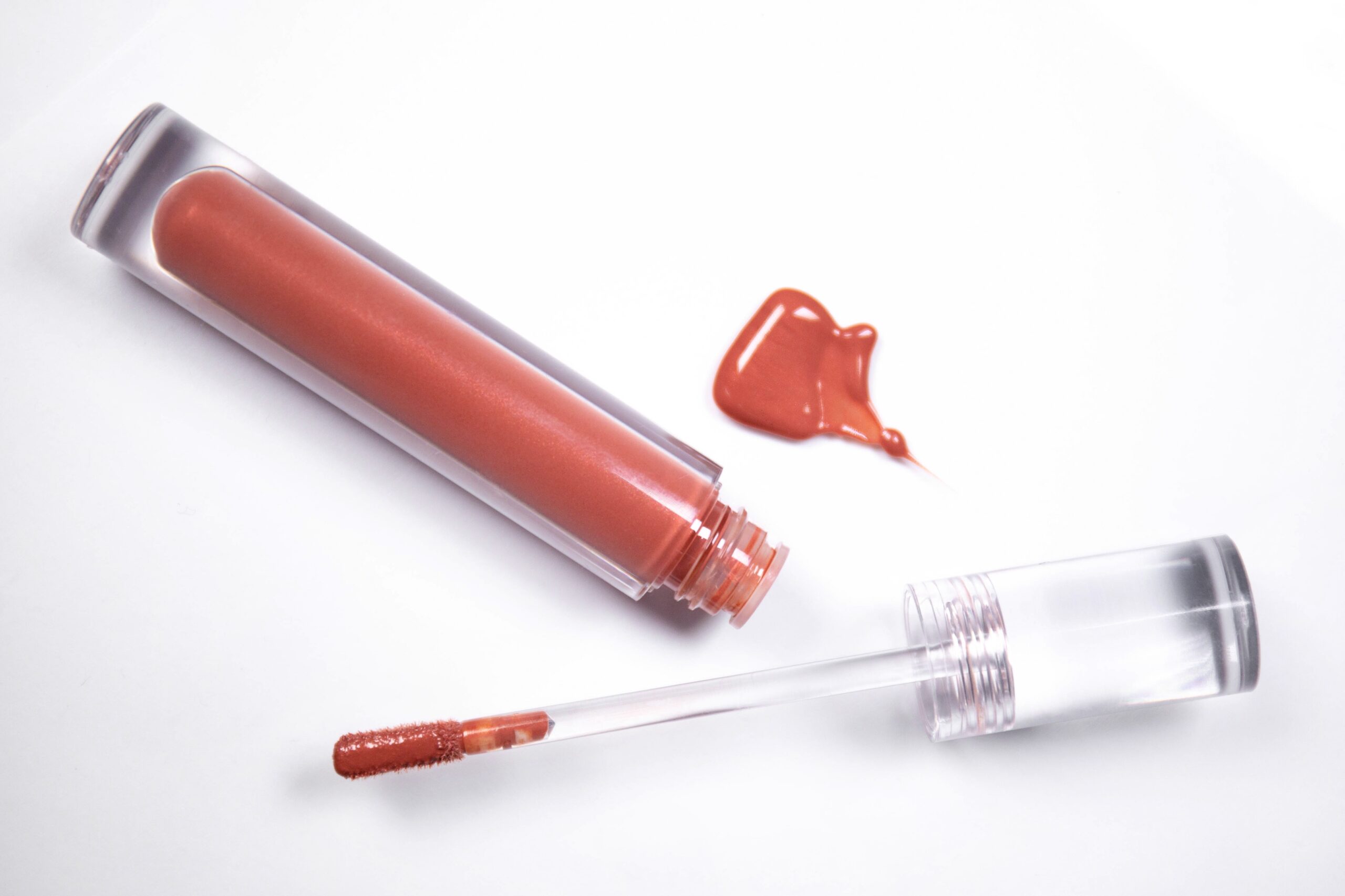
What additional options do you think there will be?
The technologies that we have now are better than we had six years ago, even with the limited availability of mineral sunscreen actives. Now, what about the future? Scientists know there are natural plant-based materials that are UV absorbers. The challenge is translating those into products that can be aesthetically pleasing and accepted by consumers. So, whether it’s based on color or smell or some other attribute, they are not necessarily inclined to use something they don’t like because it’s good for you.
Some of the work our company and other companies are doing is to utilize the absorbers that exist that are effective and safe, many of which are used in food today for other purposes than UV. With a lot of work and investment, they could be translated into sustainable and renewable products that are really next generation.
There’s similar work being done in the biotech space. Jasmina [Aganovic’s] company [Arcaea] has announced work in that area as an example. That is really exciting because it offers, similar to the plant-based absorbers, something that is renewable and sustainable. It can be done over and over again and have limited impact on the environment.
Part of our challenge in the U.S. is the approval process for drug actives. It’s not just the U.S., but it’s certainly true that there are a lot more sunscreen actives available outside the U.S. in part because their process is different. In Europe, it’s not a drug active. It’s a cosmetic. So, the approval process is different, and that means getting to market a little faster.
There are newer routes that have emerged. There’s OMOR [over-the-counter monograph]. It’s another route you can bring an OTC active to the market. It’s something that not too many people have explored, but we believe could be a pathway so that, in a relatively short period of time, maybe that’s a two- to three-year period of time rather than a five- to six-year period of time, over-the-counter actives could be brought to market.
How could the industry do better in terms of not being seasonally dependent?
There’s still a launch season that occurs for a sunscreen product. I think that mentality is something we have to address with retailers and make sure they feel there is an ability to sell the products on an around-the-year basis.
It goes back to the why of the product. Why is someone choosing the product? With the companies that we build products for that are non-seasonal, usually there’s a skin health claim that may supersede, at least on the label, the UV benefit. In other words, it might be around addressing blemishes or fine lines or some other attribute—and that claim is foundational. It’s for a product that someone would use all year long.
Also, because we are seeing products that are basically complexion products more so than just sunscreen, that’s a year-round product. That has helped to create less seasonality already. As we view our business with our clients, 90% of the products are facial products, maybe even higher than that. That means they are typically making a claim that is really complexion-related more so than UV protection alone.
How can SPF testing be improved?
As long as the metric for SPF calls for someone to judge to the degree of erythema on skin, there will be challenges. There’s a human factor that we are introducing into this and, as long as there is a human factor, there will be differences between people and labs.
When we work with laboratories, we have taken products from very well-established brands in unmarked containers and in marked containers to see if we get different results, and we have gotten different results. That tells me that there’s some inherent bias that exists with people in terms of what they’re expecting from a product. These are the same exact products, just packaged in different bottles in order to judge if there was inherent bias at the lab.
That means we need to look at different techniques for a measurement that is easily standardized. I do think that testing on human skin, even though it’s a bit controversial, is still a good idea, but measuring the results on human skin through the dosages of UV that are applied needs to be changed. How are we measuring that?
Internally, we have standardized SOPs [standard operating procedures] specifically so that every time we would measure something from an in vitro method we could get the same result regardless of who does the test because we had seen that different people would get different results. There’s a lot of work that needs to be done for standardization, but it’s done in other types of tests that are used in the industry, so I think it can be done with SPF testing as well.
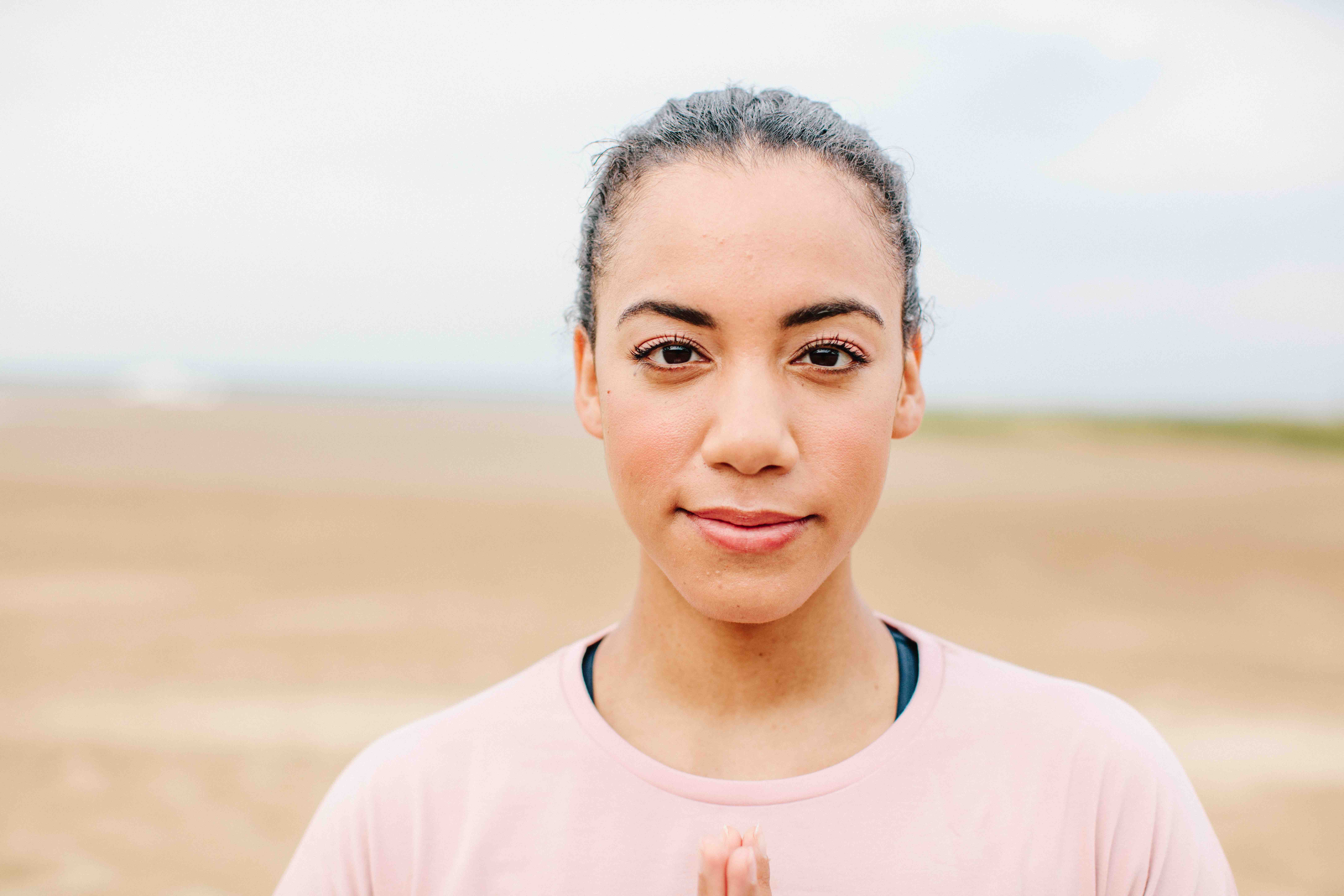
What can be done to continue to diversify the reach of mineral sunscreens?
There needs to be a lot of education. I’m a Black man, and I think folks with melanated skin generally don’t think there is a need for sunscreen until they go to Jamaica on vacation. As we continue to see these amazing younger brands develop and bring out beautiful products that people can see themselves in, that will help bring people into the market and, through that, it can be a vehicle for further education as well.
Then, I think retailers have to recognize there’s a responsibility that goes beyond getting brands into the stores. Bringing in the brands and helping them is a part of it, but also it’s about making sure you are approachable to the consumer and that consumer wants to come into your store.
In the term DEI for diversity, equity and inclusion, sometimes the equity piece of it gets left off, and we are not thinking about making sure there are the same options available to everyone regardless of who they are, what they look like and what type of skin they have.
Looking ahead, what are growth drivers for Solésence?
Globalization is an important part of our business strategy, and innovation is an important part of what we do. Our difference is creating innovation and making it beautiful for people to wear so they are excited about using the products.
The industry continues to evolve. There are at least four different brands that have vitamin C products with SPF. There’s an increasing idea of the true integration of the best-in-class skincare with the best-in-class UV protection. That will be empowered by new tools in the tool chest relative to UV and skincare actives.
How has working at Solésence changed your sunscreen wearing?
I went from being an occasional user to a daily user. Believe it or not, I use the complexion products. Maybe that says something about my vanity, but I actually want a little coverage. That could be because I’m over 50, too. As good as these products are today, quite honestly it’s hard for people to know if you are wearing a complexion product if you are doing it right.

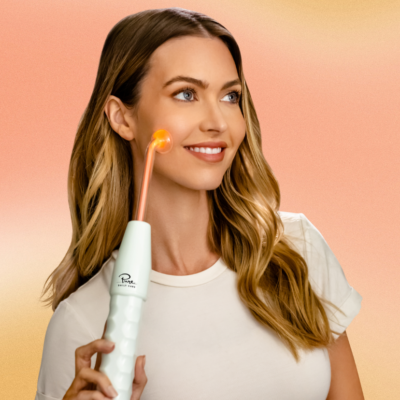
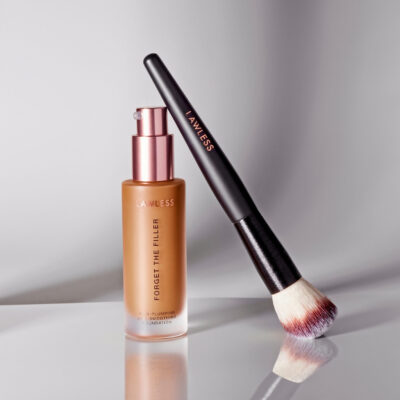
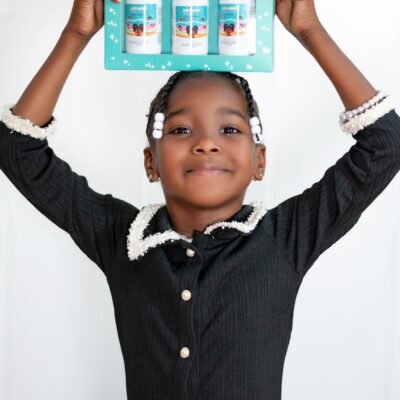
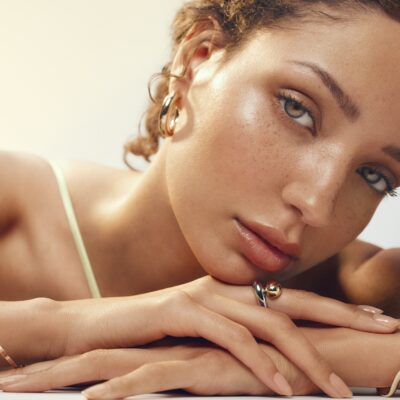
Leave a Reply
You must be logged in to post a comment.